Pick Up After Your Dog
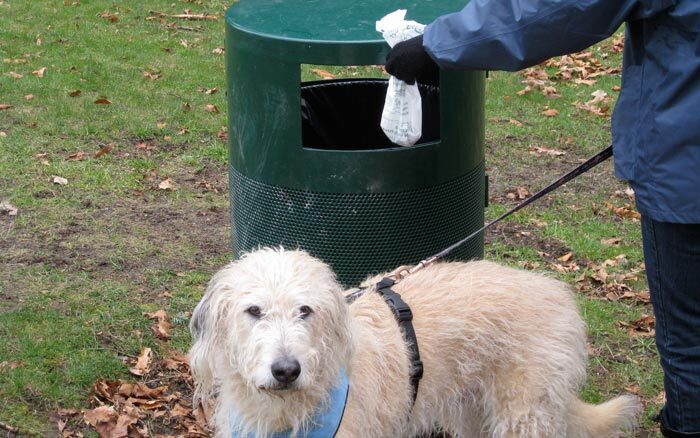
Pet owners should pick up and dispose of pet waste, so it will not wash into our waterways, and we can swim and fish safely.
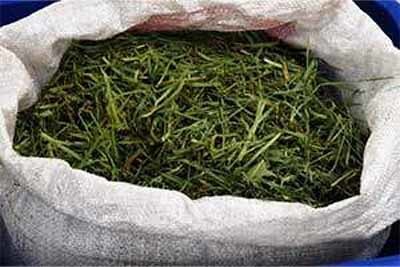
Yard debris is a gross, or large, pollutant that impairs waterways by clogging flows. Compost yard debris or bag for removal.
Fertilizers, yard debris, animal waste, stormwater runoff, sewage discharges, and overflows: all are sources of nutrient pollution in our estuary. Many activities we take for granted contribute to nutrient pollution of our waterways: fertilizers carelessly spread or scattered and overwatered, pet and animal waste washed by rain into storm drains or creeks, leaves and grass clippings blown into the street, soap and chemicals used in washing a car hosed down the driveway into storm drains. These activities send nitrogen and especially phosphorus into our waterways where they accelerate plant growth resulting in cultural eutrophication:
Too much nitrogen and phosphorus in the water causes algae to grow faster than ecosystems can handle. Significant increases in algae harm water quality, food resources, and habitats, and decrease the oxygen that fish and other aquatic life need to survive. Large growths of algae are called algal blooms and they can severely reduce or eliminate oxygen in the water, leading to illnesses in fish and the death of large numbers of fish. Some algal blooms are harmful to humans because they produce elevated toxins and bacterial growth that can make people sick if they come into contact with polluted water, consume tainted fish or shellfish, or drink contaminated water. (EPA: The Problem)

Pet owners should pick up and dispose of pet waste, so it will not wash into our waterways, and we can swim and fish safely.
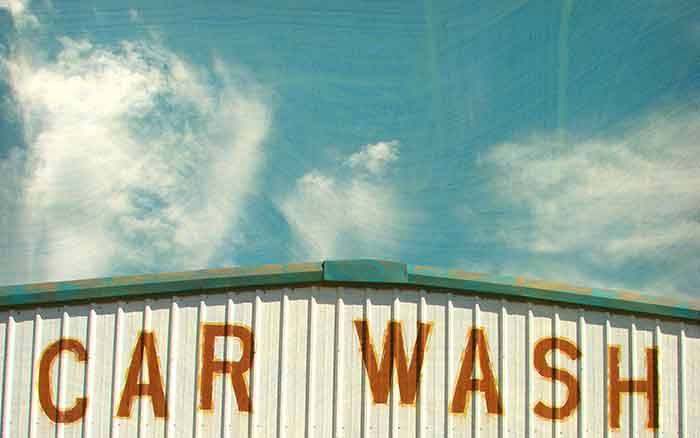
Washing your car can send harmful chemicals down storm drains not designed to filter water and from there chemicals and soap will get into our streams, bay and Gulf where they can harm marine creatures, plant life and water quality
Getting out on the water is not only fun and great exercise, the more you use the water, the more likely it is you'll think about protecting it. So go ahead, go for a swim, get your fishing pole, take a boat for a ride, or attend a water festival near you.
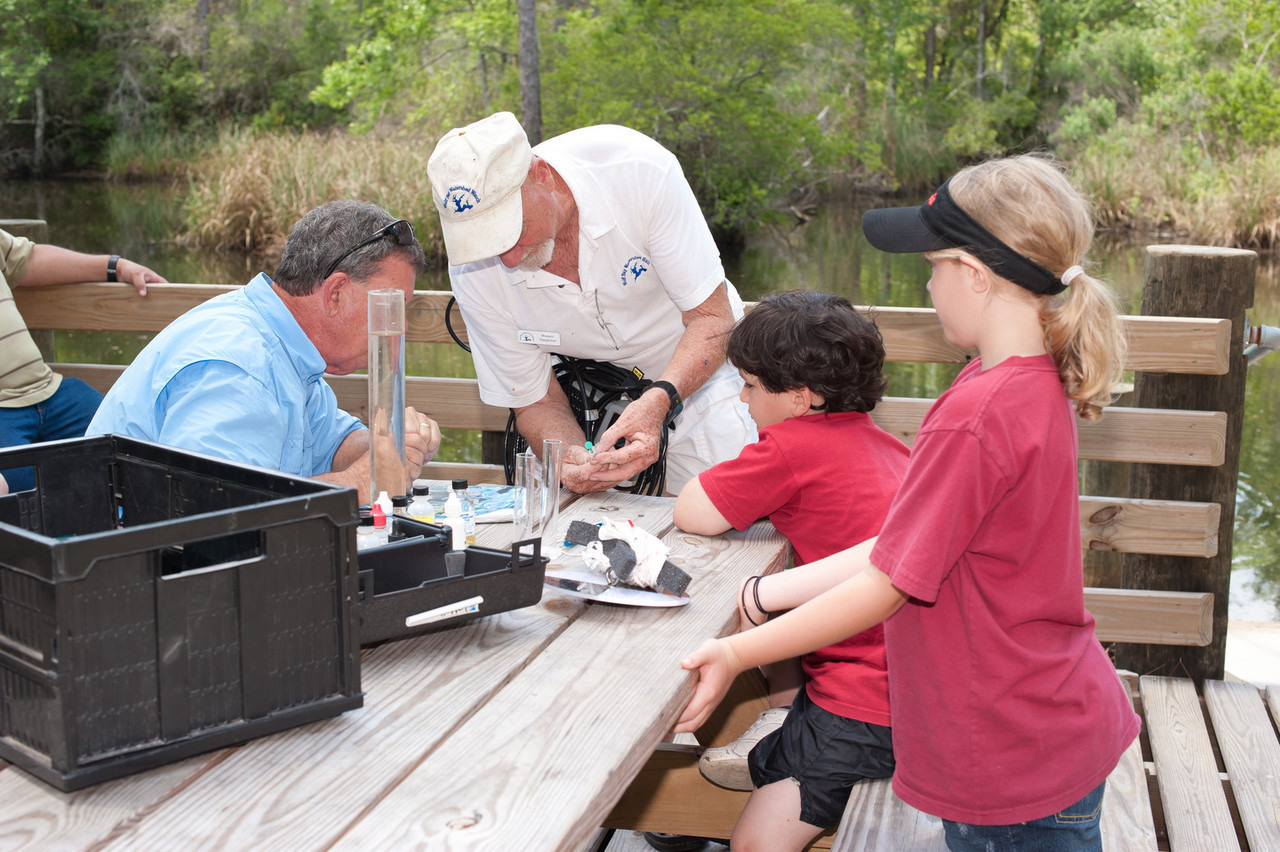
Completing water quality monitoring training and adopting a site to regularly test, is a great way to help the community identify problems before they get out of control.
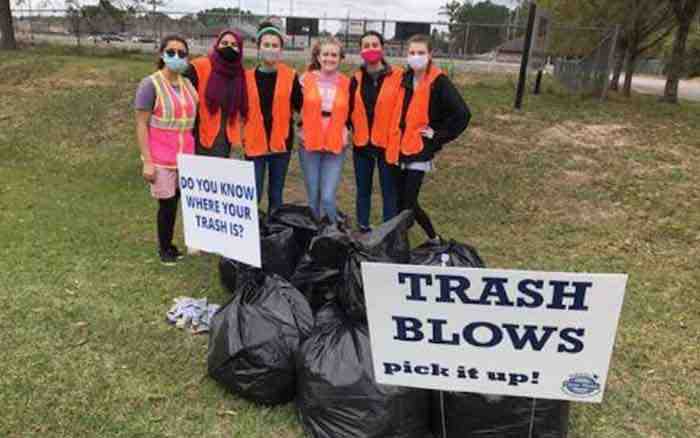
Volunteer, place-based grassroots groups are committed to creating a clean water future for their communities. Through water quality monitoring, education and outreach, and assessment.
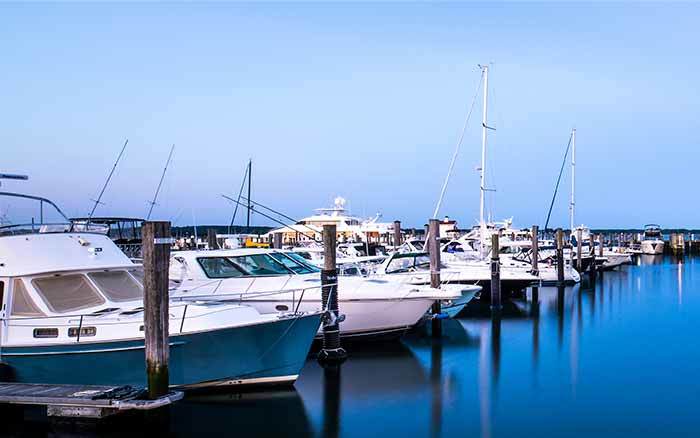
The discharge of raw and inadequately treated sewage from boats can negatively impact human health and the environment. As such, it is especially important to limit or prevent sewage discharges in popular fishing and swimming areas or sensitive wildlife areas.
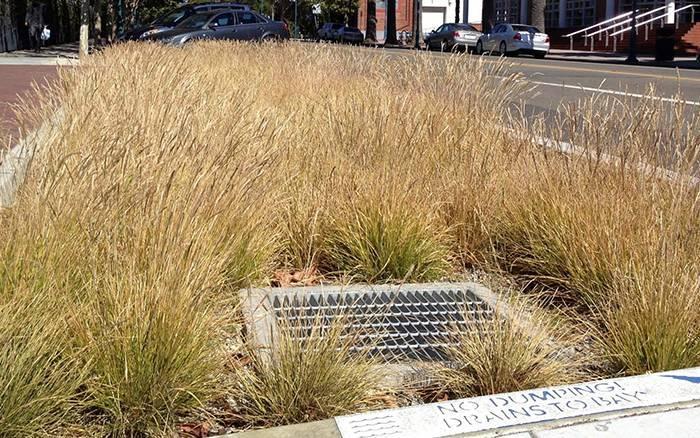
Low Impact Development (LID) techniques imitate natural processes to help rainfall absorb into the ground instead of becoming stomwater runoff requiring culverts, pipes, and basins

Create a Clean Water Future has several engaging speakers who would be willing to come to your entire school, class, or club.
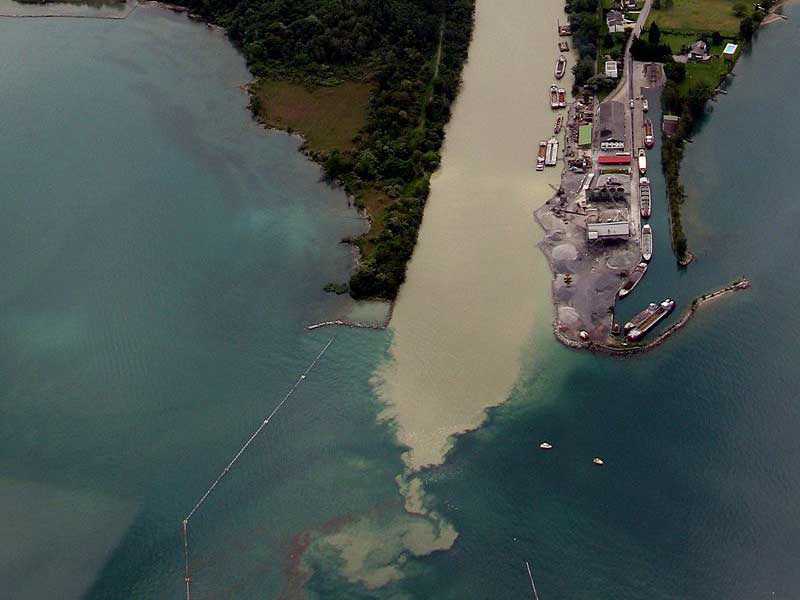
When water rushes off hardened surfaces, erosion of sediments degrade water conditions and smother and disrupt seagrass growth and the habitat for benthic organisms they provide.
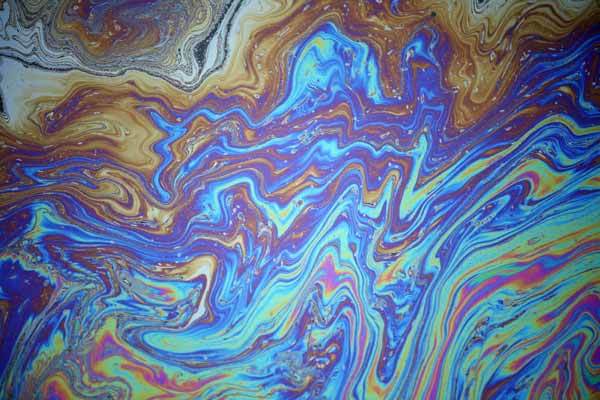
Compounds like oil, grease, and heavy metals take a long time to break down and threaten the health of both aquatic and human life.
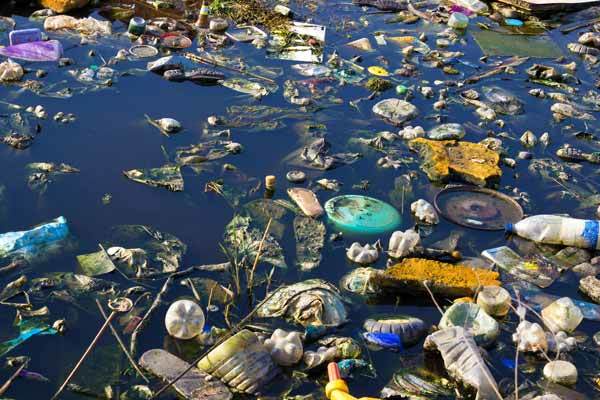
Litter is not only unsightly, but it also causes a variety of problems to the ecosystem as it enters our waters where it is often is mistaken for food by fish and invertebrates.
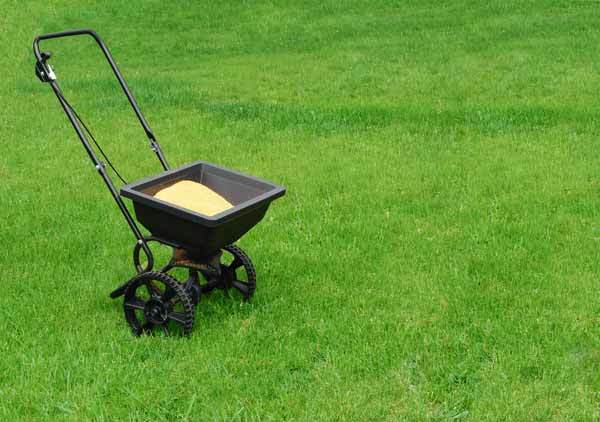
Too much fertilizer, pet waste, and other nutrients in our water often lead to serious problems like lowering dissolved oxygen levels, preventing seagrass growth, and killing fish.
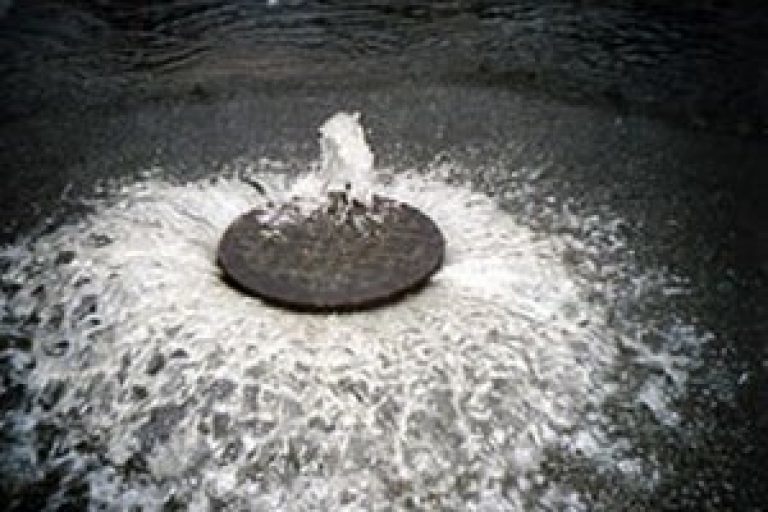
Disease-causing microorganisms, including bacteria, viruses, and other single-celled organisms, are referred to as pathogens, some, like Salmonella, cause human health problems.
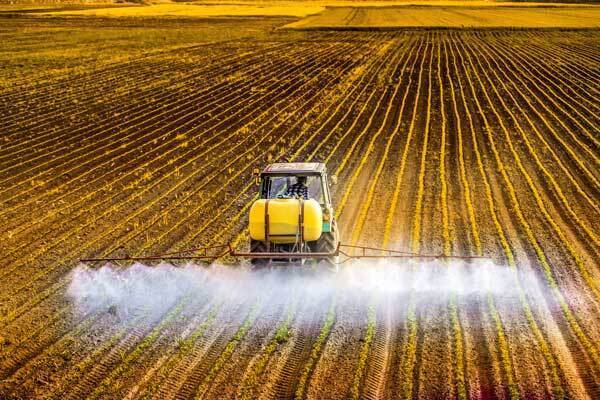
While pesticides are designed to be toxic to certain organisms, they can often be harmful and kill other species in the marine system that are important for the entire ecosystem.